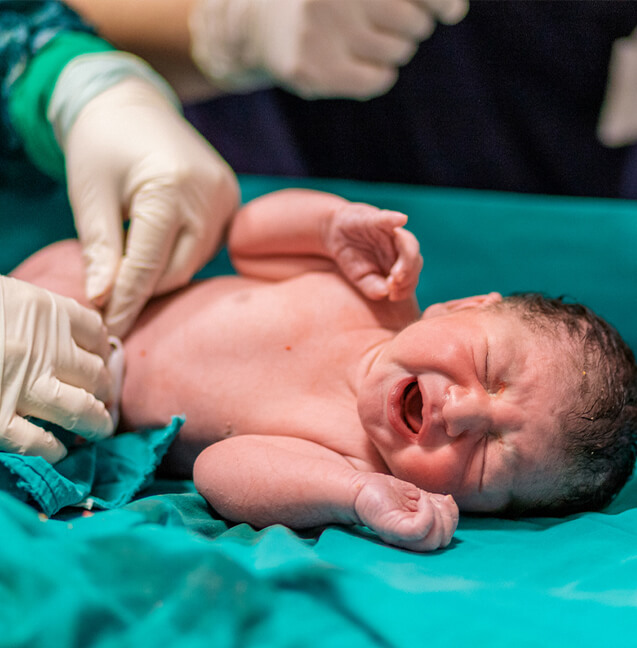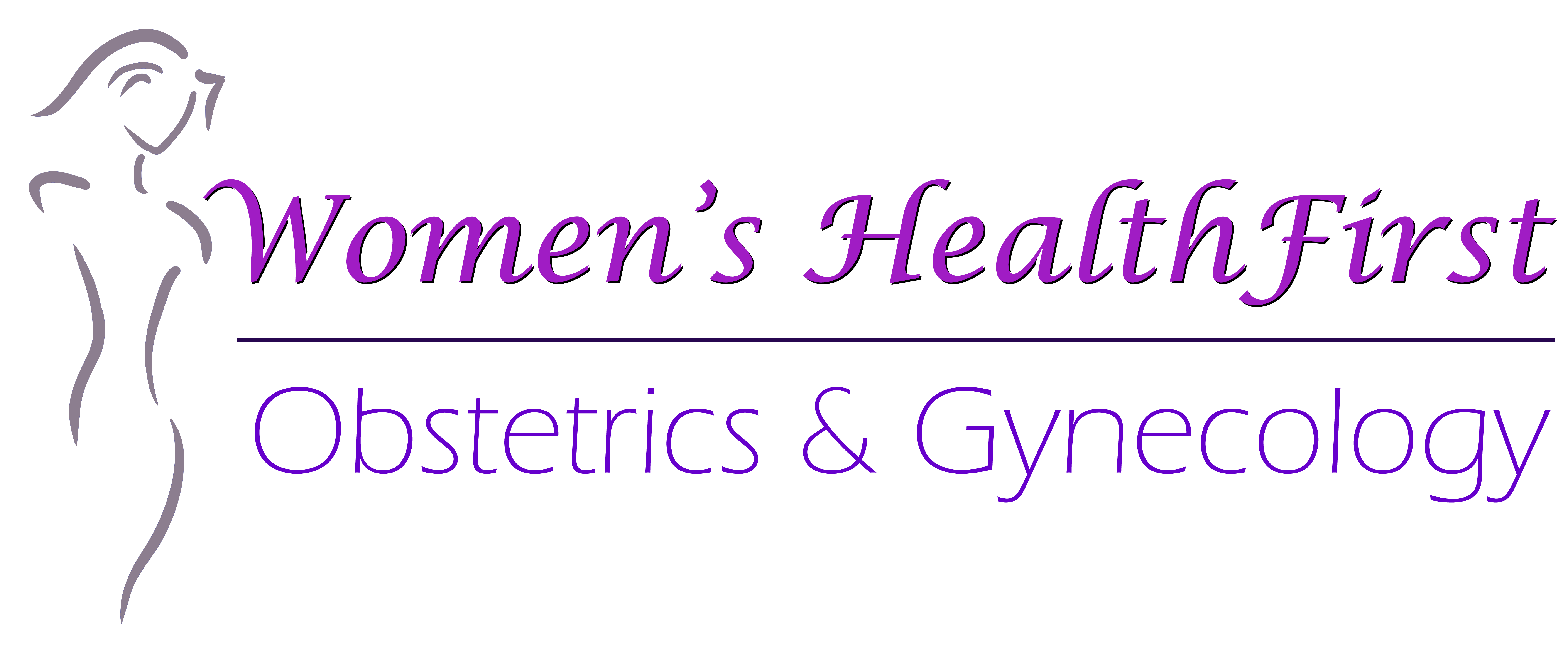VBAC: Vaginal Birth After Cesarean
Conversely to popular belief, you can still opt for a vaginal delivery even if you had a cesarian section during your previous pregnancy. Most women who have had a C-section before are given a choice between a repeat C-section or vaginal birth after cesarian (VBAC).
According to the American Pregnancy Association, the success rate for VBAC ranges from 60%-80% for most women. However, this number is dependent on various factors if VBAC is the right choice for you. Your OBGYN will discuss with you the pros and cons of VBAC specific to your case.
Why Is a VBAC Done?
Vaginal birth is the natural way of delivering a baby and has fewer long-term complications than a C-section. There are some common reasons for opting for VBAC including:

- Implication for future pregnancies – If you are planning on having more babies, you might want to consider VBAC. Vaginal birth has lower associated adverse effects for future pregnancies such as placenta previa or placenta accreta.
- Reduced surgical complications – While our doctors can provide the best surgical solutions to you, every surgery has some risks and can have complications. C-sections can cause excessive bleeding, scar infection or septicemia, deep venous thrombosis (clot formation in deep veins), and injury to abdominal organs. Opting for a VBAC might reduce the risk of these complications.
- Brief recovery time – VBAC doesn’t require a long hospital stay, as it has fewer complications associated with it. You’ll be able to get back to your normal life if you avoid a cesarian surgery.
While VBAC has several advantages over a C-section, our physicians will carefully take the history of your previous deliveries and check several other factors before considering you the right candidate for VBAC.
You may be considered a right candidate for VBAC if you are:
- Pregnant with one baby, and you have a history of prior C-sections. These C-sections should be transverse and low on the abdomen, and you should have had no complications.
- Pregnant with one baby, and you have a history of one C-section of unknown incision type. However, you must not have experienced any complications during or after the C-section.
- Pregnant with twins and have a history of one prior C-section. The C-section should be a low and transverse one and without any complications.
On the contrary, if you have had one of these, you are likely not a candidate for VBAC:
- A previous vertical or classical uterine incision or an unknown incision that is suspected to be a vertical incision
- A uterine rupture during your previous pregnancy or delivery
- Certain types of uterine surgeries, e.g., fibroid removal surgery
- If you had more than one prior C-section delivery. However, our physicians will make sure there if there could be an exception in your case.
Preparation and Procedure
If you had a previous C-section delivery and want to go for VBAC, you should discuss it as soon as possible with our physicians. You may discuss your concerns, queries, or anything related to VBAC. Our physicians will guide you thoroughly regarding the pre-requisites of VBAC, its benefits, and its risks. You’ll also be assessed repeatedly until your labor if you are safe for a VBAC.
While being a natural delivering procedure, VBAC might have some complications, such as previous scar bleed. You should discuss these risks with our providers before choosing a VBAC over a repeat C-section.
VBAC Deliveries in Palatine, Schaumburg, Hoffman Estates, & Bartlett, IL
For more information, call Women’s HealthFirst at (847) 808-8884 or request your appointment now. We have four locations near Chicago, Illinois, to serve you. Established patients are encouraged to visit the convenient online patient portal to request an appointment, message our team, or update their records, and much more.

